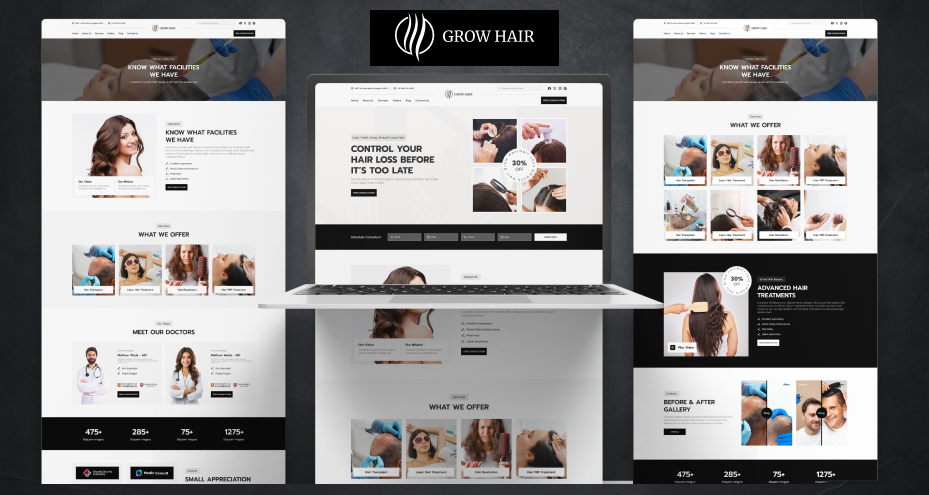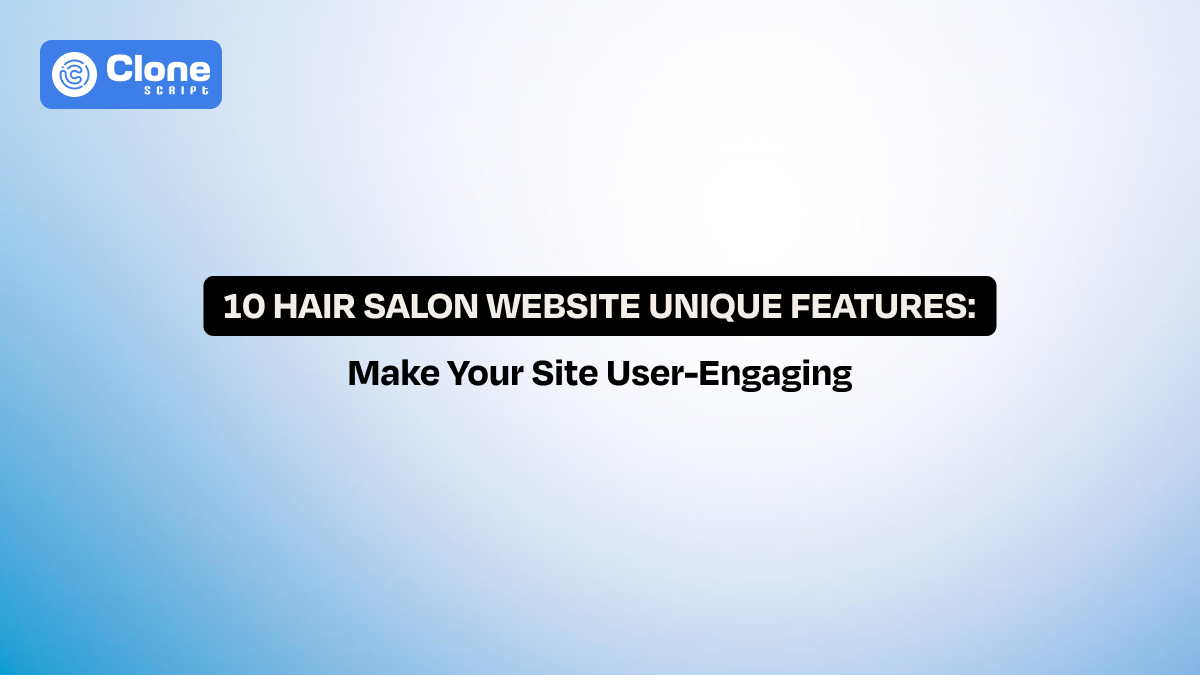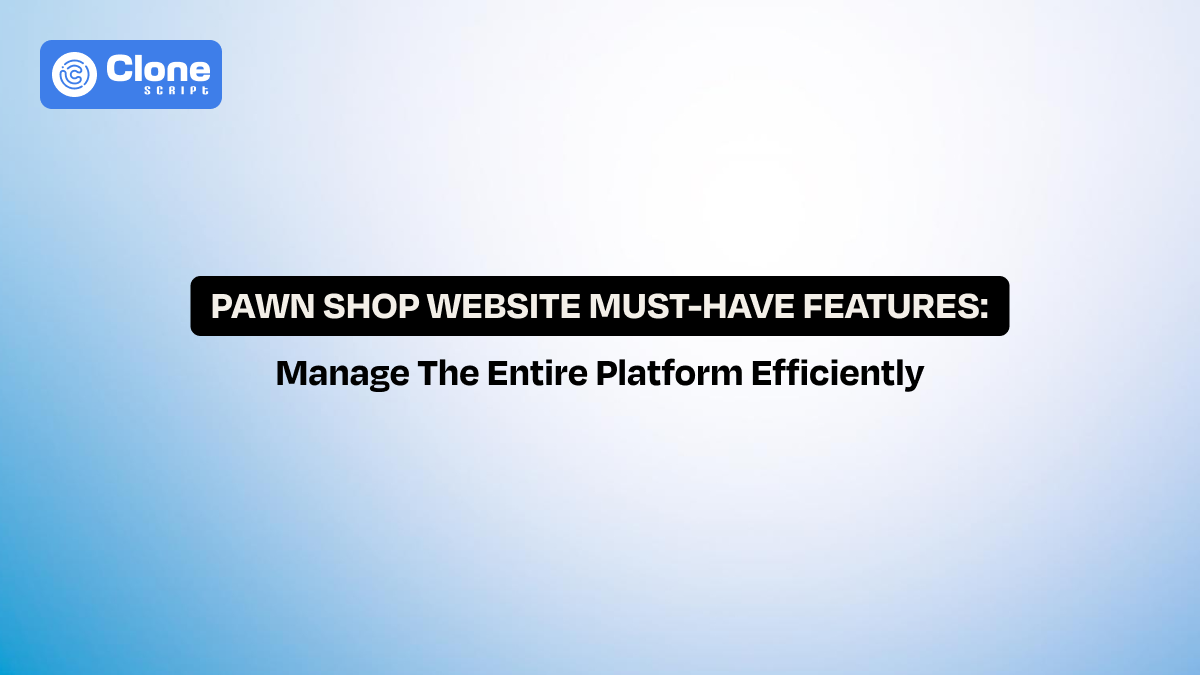Build a Professional Hair Salon Website Using an HTML Template
Study reveals that a professional site will help to capture the leads, yet many hair shops still lack a dedicated website. In a digital world where first impressions happen on a screen, a salon without a website is practically invisible.
The smartest, most efficient way to build a professional site is by using a hair salon website template built in HTML. Why? It has a trio of professional design, responsive performance, and easy customization.
This guide walks through why every salon needs its own website, the advantages of template-based development, and a step-by-step approach to creating a site that drives appointments and builds long-term client loyalty.
Why Every Salon Needs Its Own Website?
A website is more than an online portfolio. It’s a digital storefront, open 24/7, shaping how customers perceive the salon’s professionalism and service quality.
1. Strengthen Visibility and Branding
According to Google Consumer Insights, 93% of consumers use the internet to find local businesses. Without a dedicated website, salons rely heavily on third-party directories or social media, losing control over brand presentation and credibility.
What to do: Register a custom domain with a strong salon homepage HTML layout that creates identity and trust.
2. Simplify Client Bookings
One study revealed that 64% of salon appointments are now booked online. With a responsive template, developers can easily integrate online scheduling tools, automated confirmations, and digital payment gateways, reducing no-shows and boosting revenue.
Going with custom web development is also acceptable, but it may take time and be costly too for a startup.
3. Showcase Expertise and Services
A well-crafted website communicates professionalism through visuals and tone. Before stepping into the salon, potential clients can browse stylists, pricing, and treatments. This will lead to higher engagement and conversion.
4. Build Long-Term Loyalty
By collecting contact information and appointment histories, salon owners can nurture client relationships through newsletters, seasonal offers, and loyalty programs managed directly from the website.
What Are the Best Ways to Develop Your Own Salon Website?
Developers have two primary approaches when building a salon website from scratch:
-
Custom Development
This option is preferable for entrepreneurs who can afford thousands of dollars in development costs and need more advanced features.
-
Advantages: Maximum creative control, tailored functionality, and fully unique design.
-
Drawbacks: Time-intensive and expensive for small salon businesses. Requires ongoing maintenance and technical updates.
-
Template-Based Development
Using HTML templates for development is useful for a startup to be present online with a website.
-
Advantages: Faster deployment, reduced cost, and consistent UX design.
-
Drawbacks: Slightly limited design flexibility (though modern templates offer deep customization).
For most clients, starting with an HTML-based salon website template is the ideal balance. HTML templates offer performance, SEO readiness, and scalability, important for developers building professional sites efficiently.
Here is the template you can use for the development.

Why Website Templates Are the Best to Build Your Salon Website?
Pre-built beauty salon HTML templates have revolutionized how developers deliver client-ready projects. These templates combine refined aesthetics with solid technical foundations.
1. Time and Cost Efficiency
Developers can create a salon site in days instead of weeks. Templates come with pre-designed Figma UI design kits with the layouts for services, team pages, booking forms, and contact sections. This eliminates redundant designing and coding.
2. Consistent User Experience
Uniform layouts and navigation structures ensure usability across devices. Clients can update images, services, or promotions without disrupting the design framework.
3. SEO and Performance-Optimized
High-quality HTML website template structures are lightweight, responsive, and compliant with modern web standards. These elements are essential for fast load times and strong Google rankings.
4. Proven Track Record
According to TemplateMonster (2023), developers using industry-specific templates deliver websites 42% faster and report a 31% improvement in client satisfaction compared to custom builds.
Benefits of Using Website Templates to Develop Websites
Here is the list of advantages to consider:
-
Mobile Responsiveness Optimization
With over 68% of salon bookings coming from smartphones, a responsive salon template comes with a flawless design and performance on all devices. This indicates developers can save their time on responsive fixes and invest time in the complex development cycle.
-
Modern Aesthetic Appeal
With the templates, there’s no need to hire a UI designer to make a layout page. The template itself is considered a front-end ready solution and comes with pre-designed salon homepage layouts that balance visual appeal with user functionality. They are combining imagery, call-to-actions, and animations that keep visitors engaged.
-
Scalability and Flexibility
Developers can expand the template over time by adding blogs, product shops, or gift card systems without redesigning from scratch. It is a very helpful feature that the development team can use and scale the site as the client needs.
-
SEO-Ready Code Structure
Optimized meta tags, header hierarchy, and clean HTML code improve crawlability, ranking potential, and organic visibility. It means the search engine can better understand the website content easily and index it.
-
Integrated Booking and Payment Support
Most beauty salon templates are compatible with booking plugins and payment APIs. So, if you’re looking to integrate a PayPal or Stripe payment gateway, it can be done. For the booking slot management, most plugins are available online to enable real-time reservations.
Things to Keep in Mind While Choosing a Website Template
Selecting the right hair salon website template can define how easily and efficiently your project can be completed. Here’s what developers must consider:
| Criterion | Why It’s Important |
|---|---|
|
Design Consistency |
Reflects the salon’s brand personality and audience. |
|
Responsiveness |
Mobile-first design ensures accessibility and conversions. |
|
SEO Optimization |
Clean markup, structured data, and optimized media. |
|
Speed Performance |
Fast load times reduce bounce rates and improve rankings. |
|
Customization Options |
Freedom to modify layouts, colors, and typography. |
|
Browser Compatibility |
Consistent performance on Chrome, Safari, and Edge. |
|
Security Compliance |
Consistent performance on Chrome, Safari, and Edge. |
Pro Tip: Before finalizing, always test live demos of HTML website templates on multiple devices and browsers to verify responsiveness and user flow.
Step-by-Step Setup: Building Your Hair Salon Website with HTML Template
Here’s a clear and professional roadmap to build a salon website using a template:
Step 1: Select the Perfect Template
Choose a beauty salon HTML template that includes built-in sections for services, pricing, stylist portfolios, and contact forms. Platforms like ThemeForest, BootstrapMade, or Colorlib offer premium and free options.
Step 2: Customize the Design
Modify the salon homepage layout to align with the brand’s aesthetic, like color palette, logo, typography, and imagery. All should communicate the salon’s vibe and clientele.
Step 3: Integrate Functional Features
Add essential salon website features like:
-
Booking and scheduling tools (e.g., Calendly, SimplyBook)
-
Payment gateways (Stripe, PayPal)
-
Google Maps integration for location
-
Social media links and testimonials
All these can be done with the backend developments.
Step 4: Optimize for SEO and Performance
Compressing images, adding meta descriptions, and implementing schema markup are considered the best SEO practices. Tools like Lighthouse and GTmetrix can assess performance and accessibility.
Step 5: Test Responsiveness and Accessibility
Use browser dev tools to test responsiveness. Ensure that every button, image, and form field functions perfectly on both desktop and mobile.
Step 6: Salon Website Launch
Before launch, review your hair salon website checklist:
-
Verify all links, forms, and scripts are legible and free from vulnerabilities. If you find something suspicious, stop publishing on the site. First, fix it and then proceed to go live.
-
Ensure SSL certification is active. Search engines advise having a secure site connection, and with the SSL certification, it can be done. See the activation and HTTPS protocol.
-
Run page speed and SEO audits. For maintaining the user experience at the top level, the metrics you got through the audit make sure it’s recommended. If not, solve them.
Once confirmed, it’s time to go live, and your client’s digital storefront is ready.
Final Thoughts
For developers, the secret to delivering high-performing, visually stunning salon websites is a combination of design elegance with technical precision. By using an HTML salon website template, you maintain full creative control while reducing development time and cost.
Each line of code, each visual element, and each user interaction should mirror the sophistication of the salon it represents. When done right, a salon website becomes more than a digital asset — it becomes the brand’s most powerful marketing tool.
FAQs
-
How can I create a salon website from scratch?
Start by choosing an HTML template as your foundation. Customize content, color schemes, and layout using CSS and JavaScript, then integrate appointment and payment functionalities.
-
What is the best beauty salon HTML template?
Top-rated options include HTML template (AllClone Script), Salonica (ThemeForest), Coiffeur (BootstrapMade), and Blush (TemplateMonster). These all offer modern design and responsive frameworks.
-
How do I make my salon website responsive?
Select a responsive template built with frameworks like Bootstrap or Tailwind CSS. Make sure the layout automatically adapts to various screen sizes. Take a demo of the template.
-
What features should every salon website include?
Key website features for online salons include service menus, stylist bios, booking forms, contact details, and client testimonials. Also, the promotions and rewards can be added for engagement.
-
How can I prepare for a salon website launch?
Test your salon website HTML for performance, responsiveness, SEO, and browser compatibility. Ensure SSL encryption and analytics tracking are active before launch.
-
Do HTML templates improve SEO?
Yes. Well-coded HTML website template structures enhance site speed, user experience, and indexing efficiency. These are all vital for higher search rankings.
 BTC - Bitcoin
BTC - Bitcoin
 USDTERC20 - USDT ERC20
USDTERC20 - USDT ERC20
 ETH - Ethereum
ETH - Ethereum
 BNB - Binance
BNB - Binance
 BCH - Bitcoin Cash
BCH - Bitcoin Cash
 DOGE - Dogecoin
DOGE - Dogecoin
 TRX - TRON
TRX - TRON
 USDTTRC20 - USD TRC20
USDTTRC20 - USD TRC20
 LTC - LiteCoin
LTC - LiteCoin







